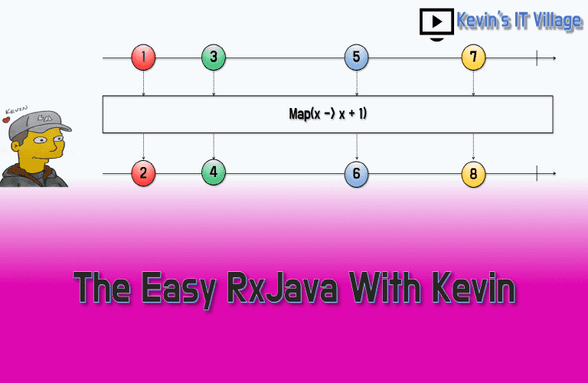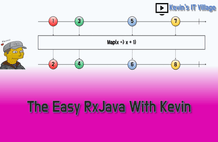・
Reviews 5
・
Average rating 4.2
Thank you so much for introducing the Java reactive lecture. Personally, I wish you could explain in detail the background of how reactive was incorporated into Java.
Hello? I am on vacation so it will be difficult to give a long answer, but I will briefly explain the background of how Reactive was incorporated into Java, as far as I know. Java did not support the Reactive model like Scala or Clojure among JVM-based languages. However, as you know, Java has a significant presence not only in Korea but also around the world, so I think it was inevitable that it would support the Reactive model. In fact, there were various activities in the Java camp to follow this trend. A representative example is the Java Interface called Reactive Streams. Flow API, which implements Reactive Streams, was included in Java9. Another representative example is RxJava. I understand that RxJava was open sourced when Netflix first used the Reactive pattern, and was rebranded as ReactiveX / RxJava. Since then, Spring, which is indispensable in Java, has also supported WebFlux, a Reactor-based Reactive framework, since Spring 5. In addition, there are Akka Streams and Ratpack that support the Reactive model based on the JVM. I know that the origin of Reactive goes back to the 1970s, but I don't think it's appropriate to talk about its background here. Anyway, in the past, a servlet-based system would have been sufficient for the scale of data, but now, it is often not the case, so I think it was natural for the Java camp to apply the Reactive model. I'm not sure if this was a sufficient answer. Then, I will stop here because I have to spend the remaining vacation with my family. Thank you.







